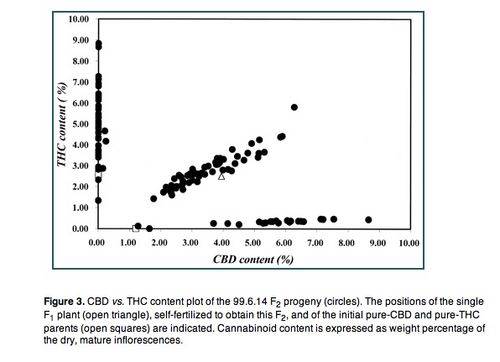muddy waters said:good acid, Rez?
h3ad, interesting point... just examining more closely, Haze supposedly has specimens that flower from 18-26 weeks, that's a pretty large gap... many different colored phenos... some creeper plants, borderline perennials, some stockier christmas tree... not to mention that the famed purple individuals supposedly do NOT breed true in a straight-forward fashion, which i interpret to mean there is heterozygosity of alleles representing that trait... (correct me if i'm wrong) ... so... should we say it's true-breeding?
To me it seems that it's subjective, what "reasonably true-breeding" means... maybe we've hit on why botanists don't use that criteria for designating inbred lines, as it's open to interpretation... whereas 5 inbred gens as a rule is pretty black n white...
well, obviously true breeding is going to break down into percentages.
If the majority of the seeds from each successive 'f' generation grow plants that display the traits for which the line is bred, then how wide the swing is for the rest of the traits doesn't really factor in, imho.
Haze is certianly an excellent example of an inbred line who'se progeny, while all 'f' something, CAN'T properly be called F-anything... just like 99% of the other inbred lines out there.





